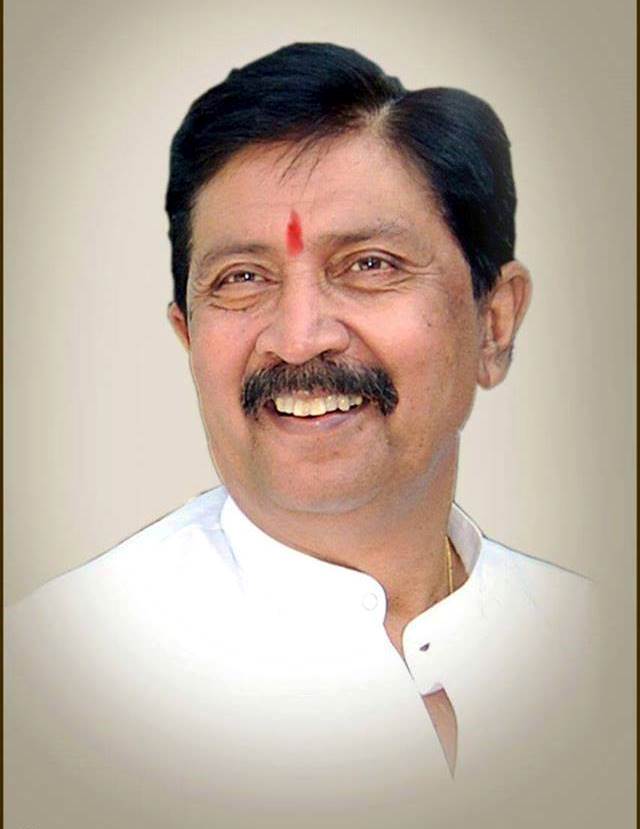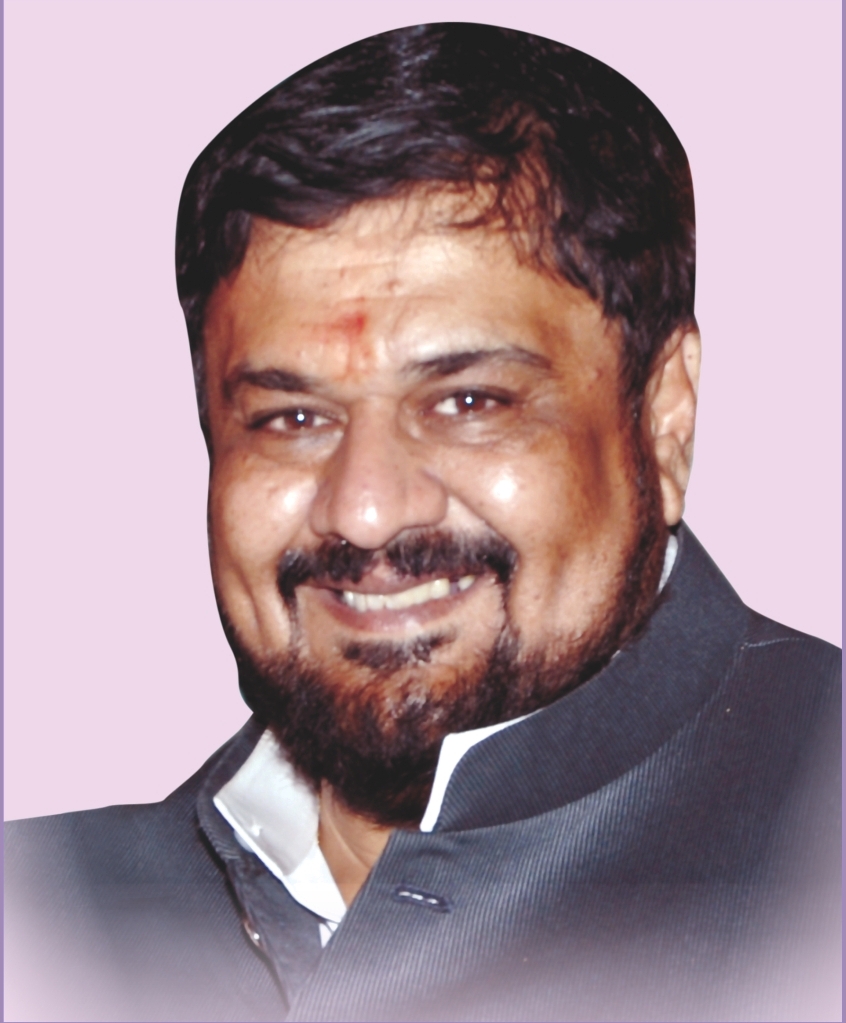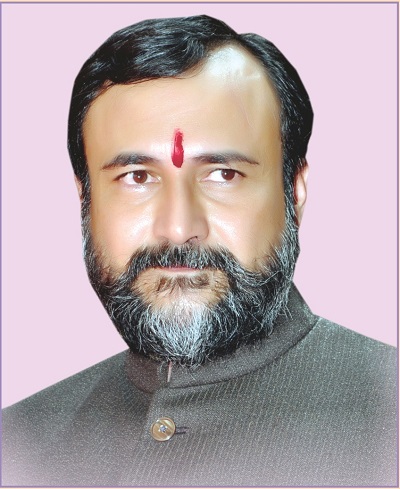In reality Shreemant Malojiraje was the care taker of the rural people who wanted to make them educate.He realised that education was the best means to bring about an all-round development of the people. With this realization he founded the Phaltan Education Society in the Year 1951.The Society took under its fold an already existing institution, the Mudhoji School and expanded it.
Shreemant Shivajiraje Naik Nimbalkar the then Secretary of P.E.Society and the son of Shreemant Malojiraje directed the Phaltan Education Society to expand its operation and set up Mudhoji College in 1957 that provide higher education in the Rural area in which children of common farmers and Agricultural labourers can take the higher education
The Phaltan city is one of the ancient places in southern Maharashtra. It lies between 17o 58' North latitudes to 18o 9' North latitudes and 74o 10' to 74o 45' East longitudes. It is situated on the bank of the river Banganga. It comes under the drought prone area and the annual rainfall is meager. Obviously, because of the lack of permanent source of irrigation, the agriculture was not developed in the past. The State highways from Mahad to Pandharpur and also from Pune to Pandharpur pass through the present city. There are some legends and myths related to the origin of the place. It has been said that in the period of Ramayana, a 'rishi' named Phalastha used to live on the banks of the river. The place was then surrounded by lots of trees. Lord Rama is said to have paid visit to the place where presently lies the Shri Krishna temple. There are some historical references also. During the region of King Shingan(1210-1247 A.D.) from the Yadav dynasty of Deogiri, the forest of this place was removed and settlement was facilitated for the increased population. The place was called as 'Phalanwadi' by the then people. In the course of time the names went on evolving from Phalanwadi to Phalastan, Phalpattan and finally to Phaltan. As per the second legend, this area belonged to the 'Dandakaranya' of the Ramayana period. While in exile, Lord Rama lived in this region. One day, Goddess Seeta felt thirsty. As there was no water around, Lord Rama hit the earth with one of his arrows that brought out a rivulet of water. It later on turned into the river named Banganga. In the literature of the 'Mahanubhava' sect, there is a reference to a water tank that had some miraculous medicinal quality of curing diseases. As per the order of the king the place was safeguarded with stone walls and a roof top called 'chaupalla' was erected. It is said to be found in Shri Krishna temple, yet.One of the founders of the Mahanubhava sect, Changdev Raul alias Swami Chakrapani, later on called as Shri Chakradhar was born in this city. The large number of old temples like Jabreshwar, Rameshwar, Mankeshwar, Nageshwar, Shriram and Shri Krishna etc. is a testimony of the ancient legacy of this place.











